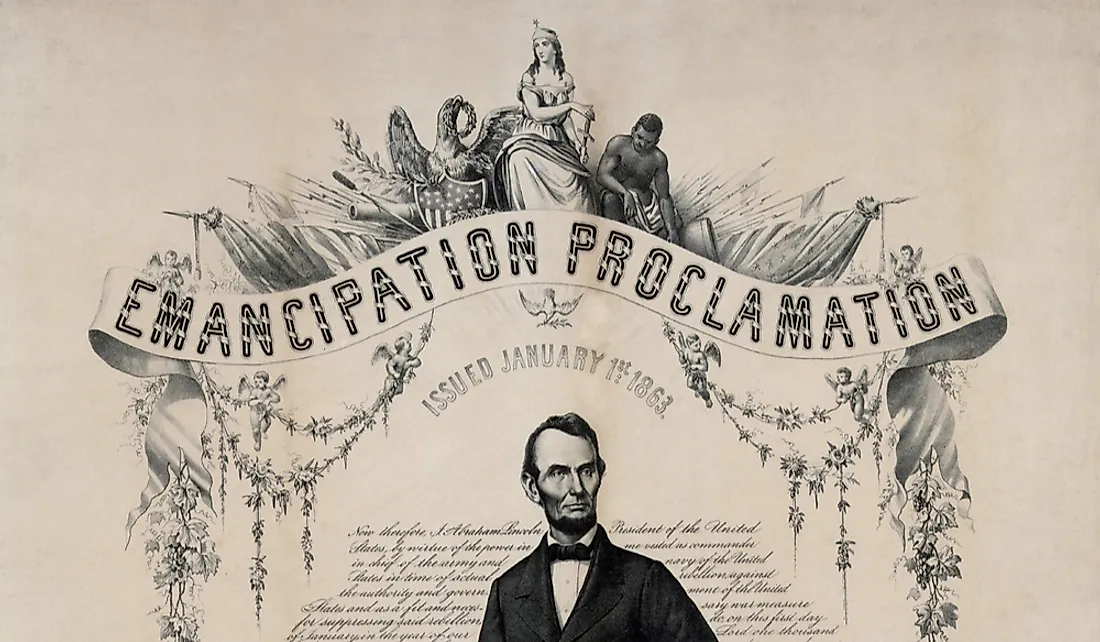What Was The Abolitionist Movement?

The Abolitionist Movement was a historical push to not only stop the slave trade but also set all slaves free. The political and social push wanted the immediate emancipation of any slave and abolitionist of any form of segregation and racial discrimination. Radical abolitionists were opposed by those who were advocating for gradual emancipation or confinement of slavery in specific regions. The movement was fueled by various factors among them religious emotions motivated by the Second Great Awakening and the American Civil War. Between 1830 and 1870, the movement used various means to attain immediate emancipation but faced a lot of resistance especially from slave owners.
Abolitionist Movement in France
In 1315, King Louis X made a decree of freedom which elaborated that any slave becomes free once he lands on French territory. The decree was enforced by subsequent governments who freed any slave who set foot in France. French colonies in America were regulated by the “Code Noir” by Louis XIV which gave slaves rights to gather publicly, marry, have off-duty days, and be free from torture. Slave owners began instructing them in the Catholic faith. A high number of slaves were freed from the colonies in the 1830s, the majority being in the Louisiana Territory.
The First General Abolition and Re-establishment of Slavery by France
On February 4, 1794, a law was passed to abolish slavery across France and all its colonies. Slave owners were to be indemnified. The following year, the French constitution of 1795 vividly stated that slavery was abolished under the Rights of Man. Most of the French slave owners vowed to move to the colonies under British rule where slavery was still practiced. France was at the threat of losing revenue due to secession from the French colonies. This led to Napoleon Bonaparte reestablishing slavery by promulgating a law on May 20, 1802, after he was installed as the First Consul. Slavery was re-established but was short lived due to lack of capacity to enforce the law leading to setting free of slaves in Haiti in 1804.
Second Abolition and Subsequent Events
On April 27, 1948, the “decree law of Schoelcher" was set to abolish slavery in all French colonies. France latter gained colonies in West Africa which was a major source of slaves hence successfully stopped the slave trade.
Abolitionist Movement in the United Kingdom
Slavery was prohibited within England but not in overseas colonies hence any slave who landed on the England soil became free. Abolitionists, therefore, began with the question “We have no slaves at home, then why abroad?” William Wilberforce and Thomas Clarkson were prominent personalities who spearheaded the abolition movement in Britain. Eventually, the Slave Trade Act of March 25, 1807, made slavery illegal across the British Empire. Consequently, Britain coerced other nations to abolish slave trade through treaties that allowed the Royal Navy to seize any ship carrying slaves. At the beginning of 1823, anti-slavery society was formed to campaign vigorously against the wider institution of slavery.
Abolitionist Movement in America
During and after the American Revolutionary War, slavery was abolished across Latin America, Canada, Puerto Rica, Cuba, Brazil, Chile, Argentina, and Uruguay. In the United States, the abolishment movements were led by Thomas Jefferson and Benjamin Franklin who were members of the “Pennsylvania Society for the Abolishment of Slavery.” New Jersey and New York agreed to pass gradual emancipation of slave’s laws. Finally, the whole of the US abolished the slave trade. On January 1, 1863, President Lincoln passed the Emancipation Proclamation order which fully abolished slavery and freed over 3 million slaves. Eventually, in December 1865, the Thirteenth Amendment of the US Constitution abolished slavery across the United States.











